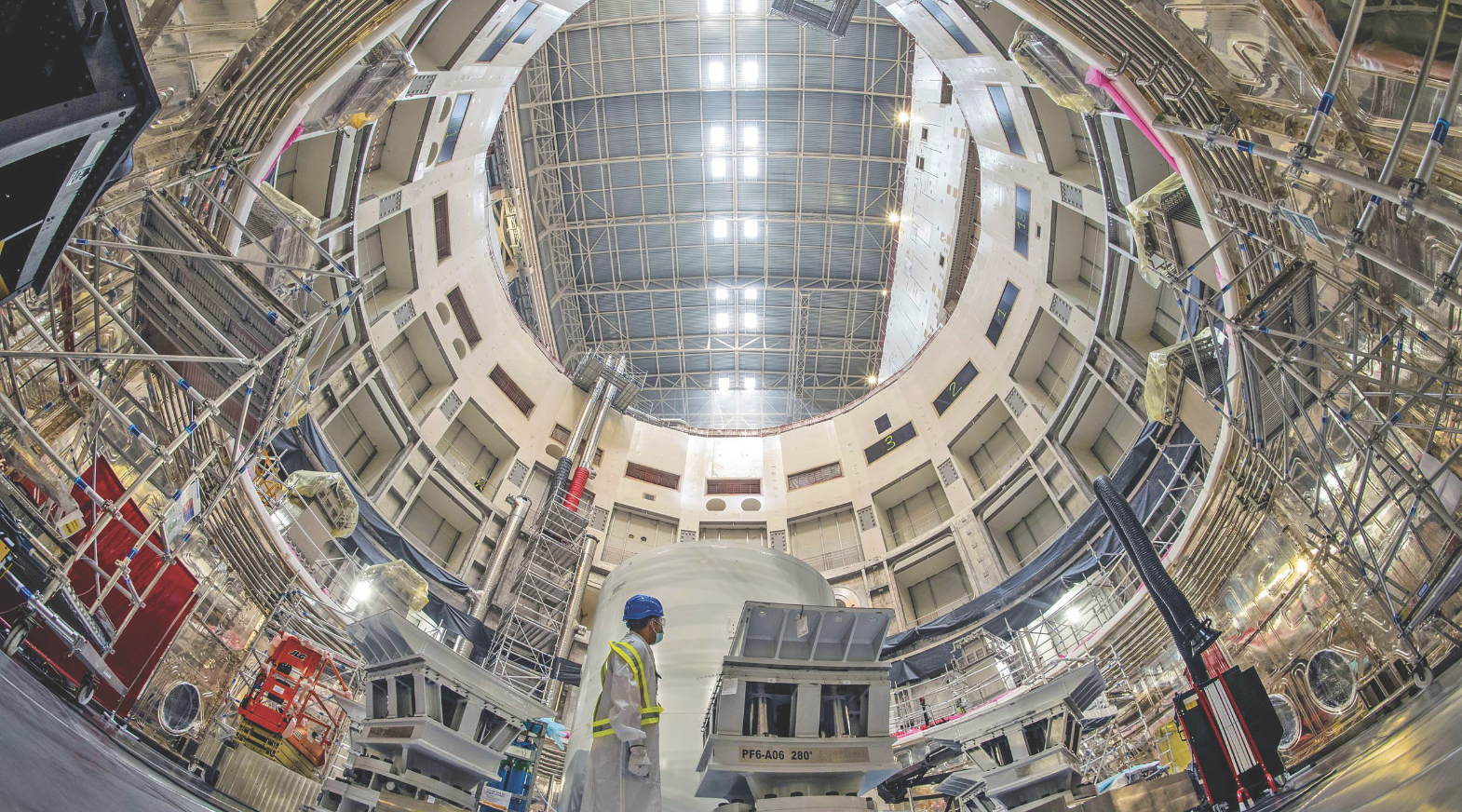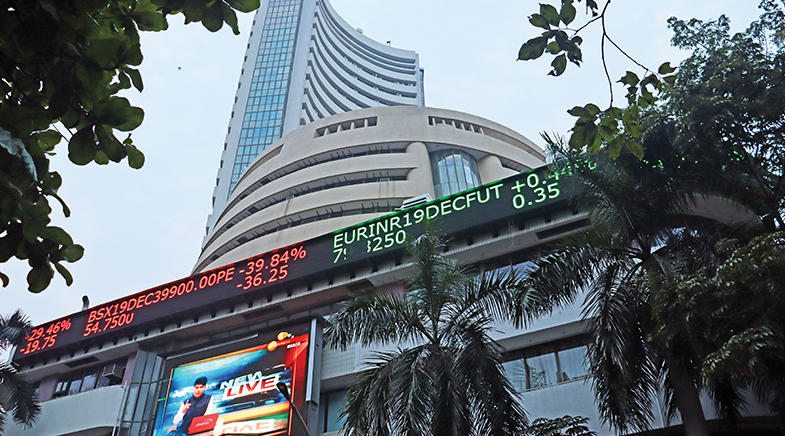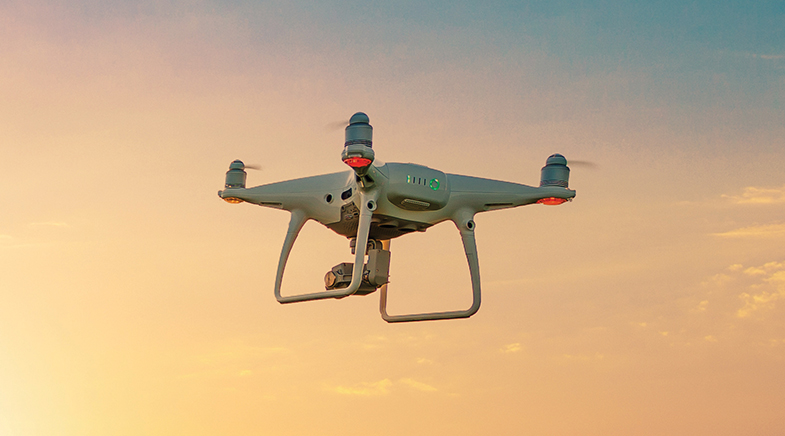Ctrl+P to repair bones
-
- from Shaastra :: vol 04 issue 04 :: May 2025

A bioink that prints tissues on injured sites leaves its mark on healing.
Aprosthetic ear and nose find pride of place at Devendra Verma's laboratory at the National Institute of Technology Rourkela. These organs have been printed with a patented bioink developed by his team at the institute's Department of Biotechnology and Medical Engineering. The Associate Professor aims to provide an alternative to existing bone grafting techniques by directly printing bone and cartilage tissues onto the body.
Traditionally, to repair damaged bones, doctors implant bone tissues from another part of the body or metal plates and screws that help regenerate tissues at the site of the injury. However, with researchers looking for biocompatible methods that reduce healing time, 3D bioprinting is emerging as a viable option. The success of the technique lies in the quality of the bioink.

In regular 3D printing, materials such as polylactic acid are used as substrates. For bioprinting, Verma used temperature-sensitive cells that could be printed at normal temperatures and then solidified. He explains that with most bioinks, the tissue needs to be printed in a controlled environment, and their solidification can be done chemically, by adding crosslinkers (that join two polymers), or through physical stimuli such as exposure to light. "We are using a simpler process where the tissue just needs to be at body temperature to solidify. So, you can print in a liquid form directly on the site and let it solidify in the shape you want," Verma says.
Depending on the tissue requirement, different injury sites will need a mixture of bioinks. A mechanism in the bioprinter changes the mixing parameters to achieve different gradients.
The bioink is made of cytosine, beta-glycerophosphate, and nanohydroxyapatite, with nanofibres providing the structure. The team used the process of 'self-assembly' to make the nanofibres. When two polymers with complementary charges — positive and negative — are mixed in a solution form, they assemble into a nanofibre structure, which provides a more conducive environment for cell proliferation. "This technique has been developed in my laboratory over the years. We have developed different kinds of nanofibres using this method," he says.
Before developing the bioink, Verma used the technique for assembling nanofibres to prevent fatal bleeding in emergencies. At his Bengaluru-based start-up, called Miraqules MedSolutions, he developed nanofibres that could act as haemostatic agents to clot blood by promoting angiogenesis, that is, the formation of new blood vessels. The process awaits clinical trials, and experiments with the bioink are in the in vitro stage.
PRINT ON SITE
Verma began his research in bone tissue regeneration during his PhD, when he worked on making bone scaffolds using 3D printing. He has been experimenting with bioinks for about five years. Along with the bioink, Verma has built a prototype for a handheld bioprinter.
Commercially available bioprinters generally do not print on rough surfaces — and, as he points out, tissue damage is usually not smooth. Verma created the handheld printer to resolve this problem. "We hope that it will allow a surgeon to move it over the damaged tissue like a pen and print it in real time, in an operation theatre," he says.
Depending on the tissue requirement, different injury sites will need a mixture of bioinks. A mechanism in the bioprinter would change the mixing parameters to achieve different gradients based on the rate of extrusion of the bioinks.
"We hope that this can provide immediate treatment for bone damage, whether it is due to accidents or some cancerous bone tumours," Verma says.
Have a
story idea?
Tell us.
Do you have a recent research paper or an idea for a science/technology-themed article that you'd like to tell us about?
GET IN TOUCH














